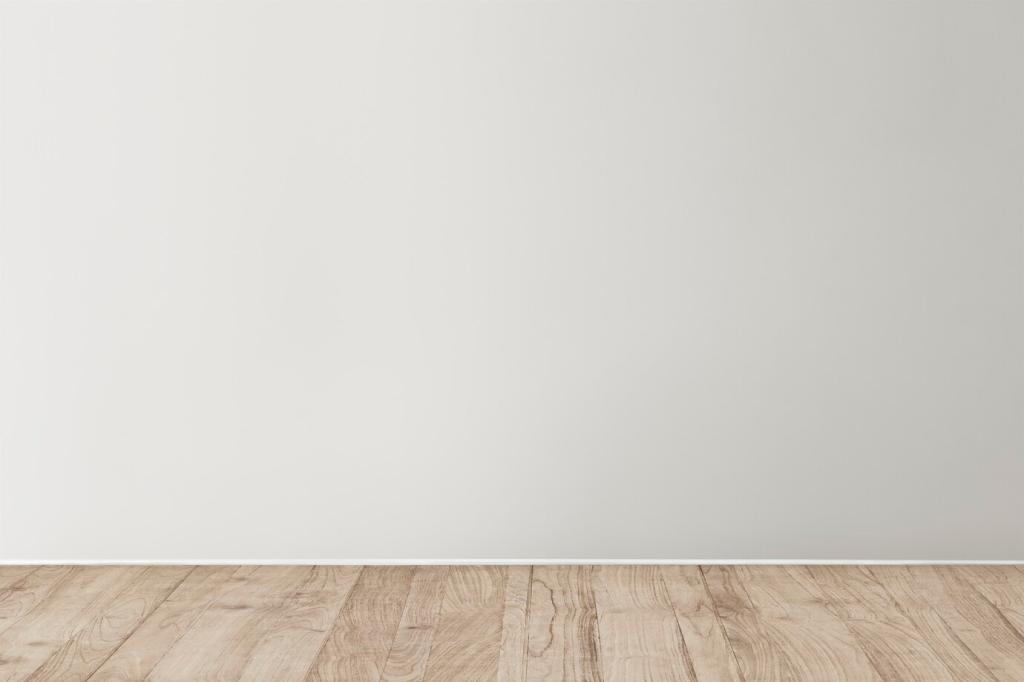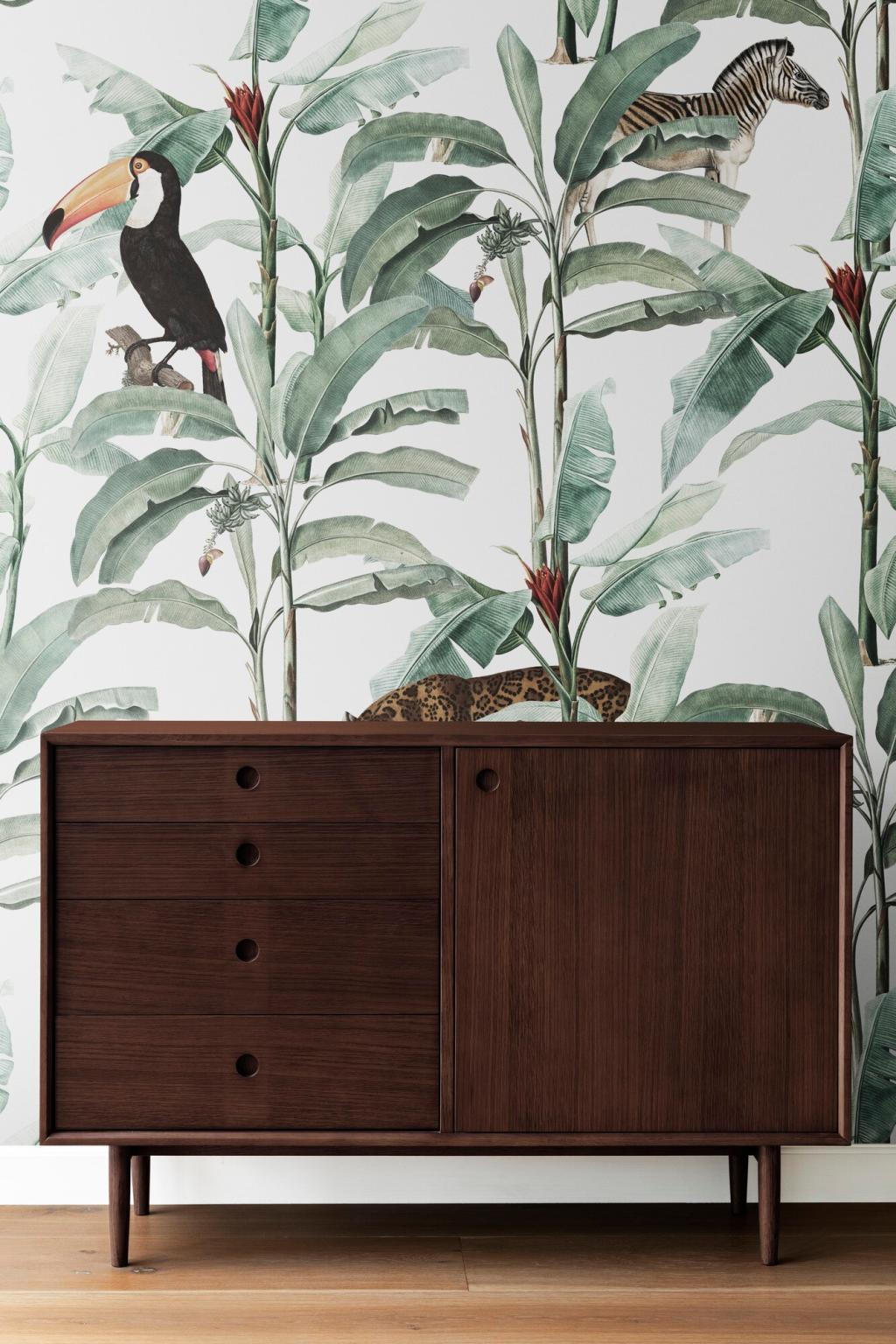Sustainable Approaches to Minimalist Interior Design
Sustainable minimalist interior design merges the principles of minimalism—simplicity, clarity, and intentional living—with eco-friendly practices, resulting in interiors that are both visually serene and environmentally responsible. This approach emphasizes mindful material choices, functional layouts, and a conscious effort to minimize waste and resource consumption. By selecting durable furnishings, integrating natural elements, and optimizing energy efficiency, sustainable minimalism creates harmonious living spaces that nurture both well-being and the planet. In this guide, we explore key strategies and innovations that define sustainable minimalist interiors, offering inspiration for those seeking beauty, function, and a lighter environmental footprint in their homes.

Natural and Renewable Material Choices

Reclaimed and Upcycled Elements
Energy Efficiency in Minimalist Spaces
Maximizing Natural Light and Ventilation
Efficient Lighting and Appliance Choices
Insulation, Thermal Mass, and Climate Responsiveness

Versatility and Longevity in Minimalist Design

Timeless Design and Aesthetic Durability

Multifunctional and Modular Furnishings

